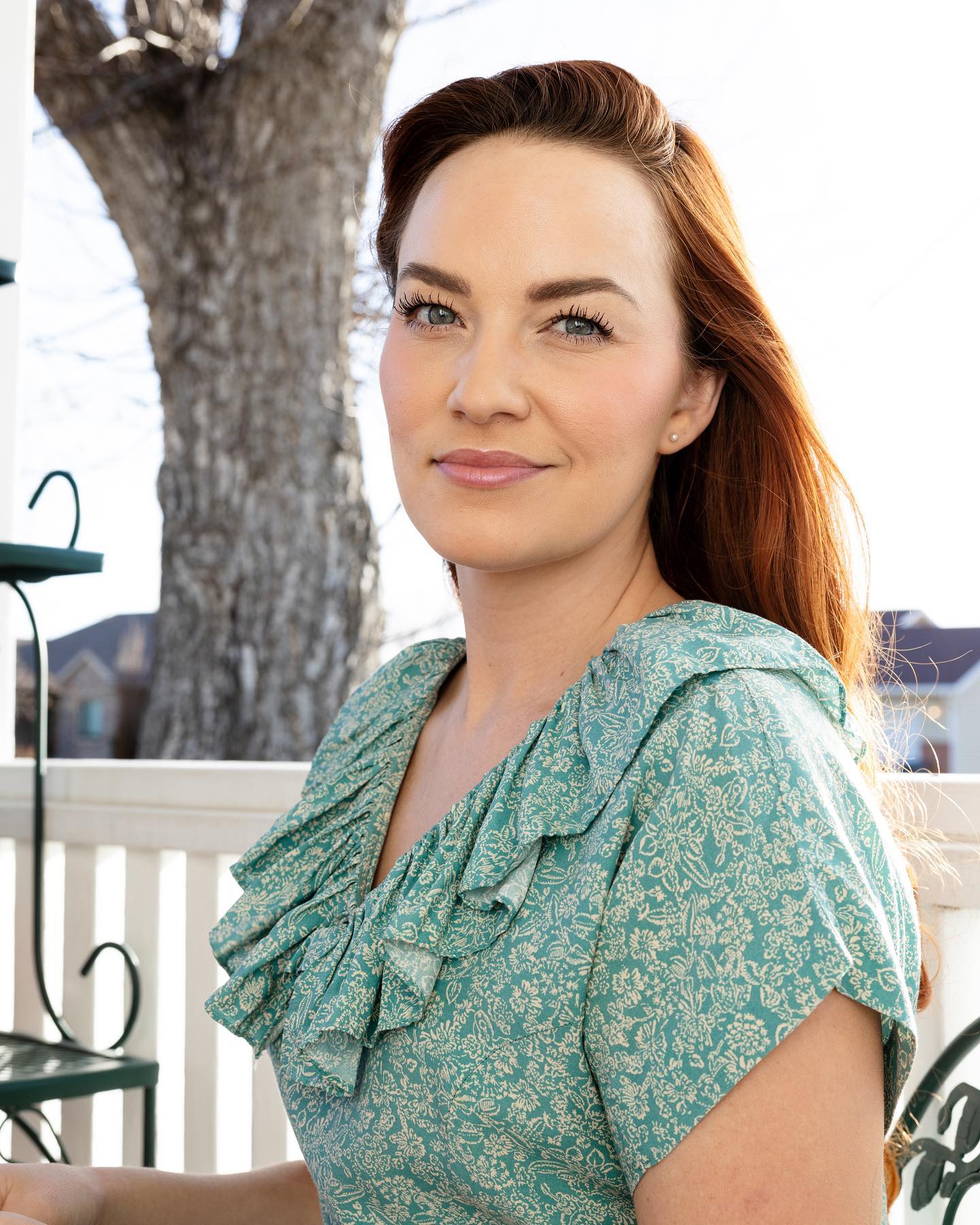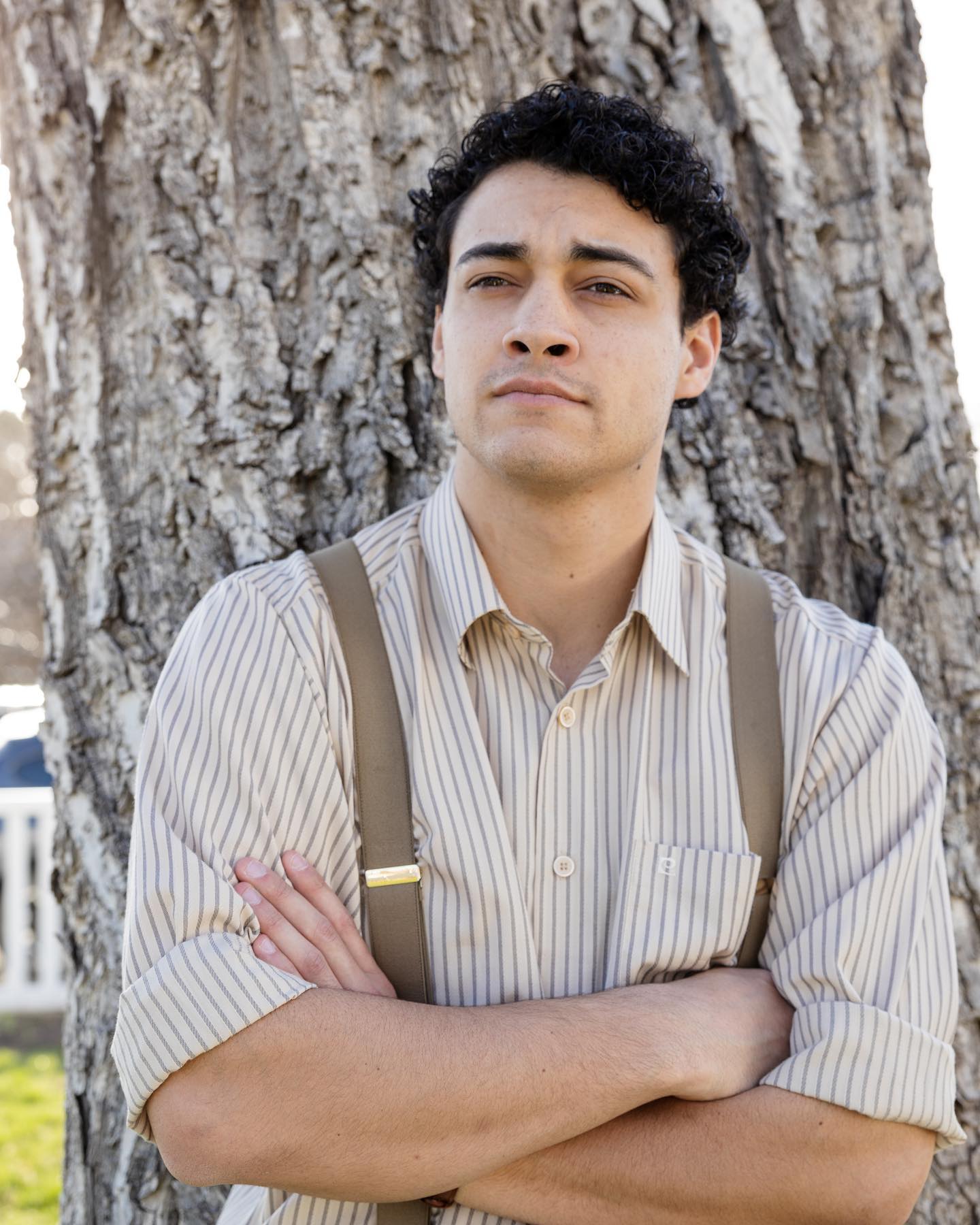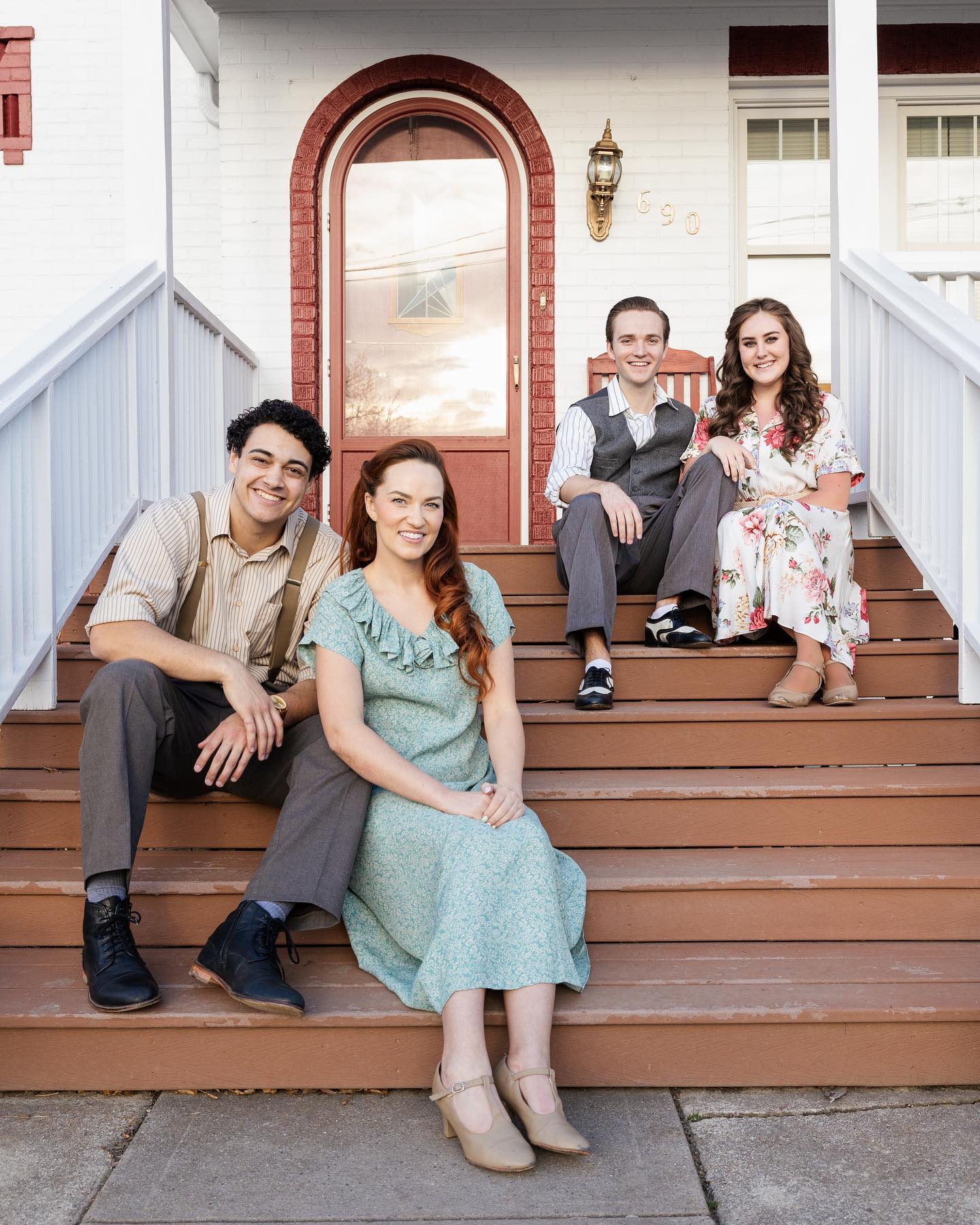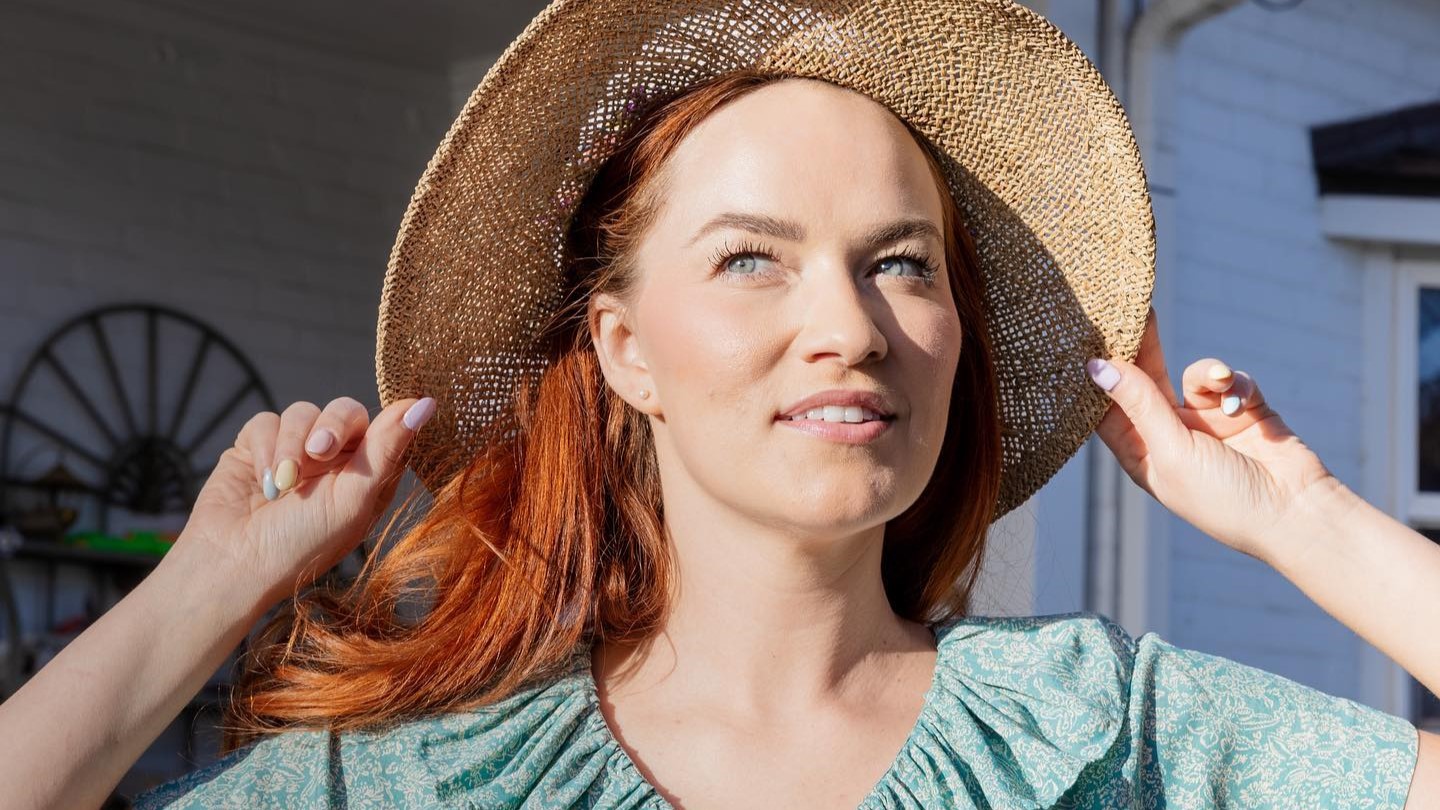LEHI — How is there so much performing arts talent in Utah? I kept asking myself that question while watching the Lehi Arts Council production of Bright Star. With its wonderful direction, gorgeous designs, and excellent cast, Bright Star is the type of show that makes me marvel at the quality of Utah’s homegrown talent. In almost any part of the country, an arts council production this good would be unthinkable.

Bright Star tells the story of Alice Murphy, a young woman growing up in the 1920s in rural North Carolina. While a teenager, Alice falls in love with the mayor’s son, Jimmy Ray Dobbs. Alice gets pregnant, but family opposition forces her to give the child up for adoption. These scenes are interwoven with events from Alice’s life two decades later as the editor of a successful literary magazine.
Unlike many popular musicals, Bright Star is a show about regular people dealing with regular problems. (Those regular people just happen to break out into song.) That “everyman” aspect to the show is one of the play’s great appeals because it is extremely easy to sympathize for the characters. Compared to most musicals, Bright Star depends on realism to work. Knowing this, director Kurt Elison worked hard with his cast to help them create raw performances that still portrayed a “slice of life.” Elison’s staging of the adoption scene was not only heart-wrenching, but the differing concerns and actions of each character gave the scene a complexity and dynamism usually seen in paintings by the Renaissance masters. Some of Elison’s most effective directing does not look like directing at all. The characters in Bright Star often feel like people going about their normal business, whether it is while attending a dance or perusing records at a government office. That normalcy is sometimes the hardest thing to show on stage. To create a show that rarely feels stagey or artificial is a rare talent, indeed.

As Alice Murphy, Shannon Ricks creates a lovely portrayal of a compelling female character. Ricks is excellent as both a teenaged Alice Murphy and as a middle-aged career woman. The audience gets a treat seeing the character grows younger during “Way Back in the Day,” and seeing the events that turned Alice from a vivacious, giddy teenager to a smart, world-wise career woman was fun. Ricks sings the score (with music by Steve Martin and Edie Brickell and lyrics by Brickell) with sincerity that bares the character’s soul to the audience.
Ethan Kelso plays Jimmy Ray Dobbs superbly. Kelso is charismatic in his opening scene, and the flirtations between Jimmy Ray and Alice had some of the most believable romantic chemistry audiences can find on stage right now. Kelso struts around the stage confidently and embodies the physicality of a man born into a prominent Southern family. I appreciated how Kelso resisted the temptation to chew the scenery in the more emotional scenes; by holding back a little bit and allowing the anguish of “Heartbreaker” (for example), Jimmy Ray seemed achingly human. Kelso is wise enough to know that a dose of subtlety works well in the small space. As is typical for young actors, Kelso had more difficulty playing his character in middle age, but that did not matter because the reunion scenes between Jimmy Ray and Alice were so rewarding, thanks to the depth and heart that both actors gave to their characters in earlier scenes. “I Had a Vision” had the right body language to help Jimmy Ray and Alice heal (and the audience, vicariously).

Ricks and Kelso were lucky to have an exceptionally strong supporting cast sharing the stage with them. Dylan Manzanares has an eager, boyish charm as Billy Cane, a young World War II veteran who is trying to make it big as a writer. Manzanares is endearing in all his scenes, but the reaction to Billy’s first check from the magazine editor and his reactions to taking his first drink of alcohol were highlights of the evening. Andrew Lambert is masterful as Josiah Dobbs, Jimmy Ray’s domineering father. Lambert gives complexity to the character, showing Josiah’s actions as being motivated by concern for his son’s future. (Martin’s script helps keep the character grounded.) Lambert creates a complex character that acts as a villain, but feels like a real person. Brooklyn Ashby makes the most of her scant stage time while playing Margo Crawford. Margo bares her soul in “Asheville,” and Ashby’s enthusiasm brought some depth to the character.
One of the stars of this production is the stellar harmonies that music director Emily Hawkes coaxed out of the actors. “Another Round,” “Sun’s Gonna Shine,” and “Way Back in the Day” were a sublime, thanks to the cast’s impeccable singing. For the most part, though, the bluegrass and folk score has an elegant simplicity to it, and it was soothing to listen to the actors sing the score’s lilting melodies. Jenna Cunningham’s choreography (though not always executed perfectly) matched the play’s plain setting and unpretentious score; the “Picnic Dance” was charming with its giddy couples, and “Pour Another Round” was a welcomed burst of energy after two very serious scenes.

The phrase “triple threat” is usually reserved for performers who can sing, dance, and act, but set designer/lighting designer/sound technician Garrett Roblyer deserves to be called a triple threat, too. It is rare for an abstract set to establish exact locations for scenes, but Roblyer’s usen of small touches (like an American flag) or suggestive details (like a picket fence) created settings with no ambiguity. Roblyer’s greatest contribution was the upstage wall of the set, which was made of square grids of wooden slats that were reminiscent of the fruit crates that the Dobbs family company could use to ship fruit to its customers. Through the slats, Roblyer shined colored lights that enhanced the mood of the scenes (such as during Alice and Jimmy Ray’s dance) and highlighted the set’s texture. Denise Gull‘s costume designs perfectly established the two time periods, such as the cloche hats for women in the 1920s scenes, or the belted one-piece dresses in the 1940s.
Bright Star is a beautiful story of love and loss. This month, it is also a showcase for a lot of talented theatre artists. The Lehi Arts Council production of Bright Star is the type of show that makes me grateful to be a theatre critic in Utah. Audiences should buy their tickets immediately word spreads quickly about productions as good as Lehi Arts Council’s Bright Star. I anticipate a lot of sell-out performances.
[box]The Lehi Arts Council production of Bright Star plays Thursdays, Fridays, Saturdays, and Mondays at 7:30 PM through May 20, with additional performances at 2 PM on May 13 and 20, at the Lehi Arts Center (685 North Center Street, Lehi). Tickets are $12-15. For more information, visit lehiarts.org.[/box]
